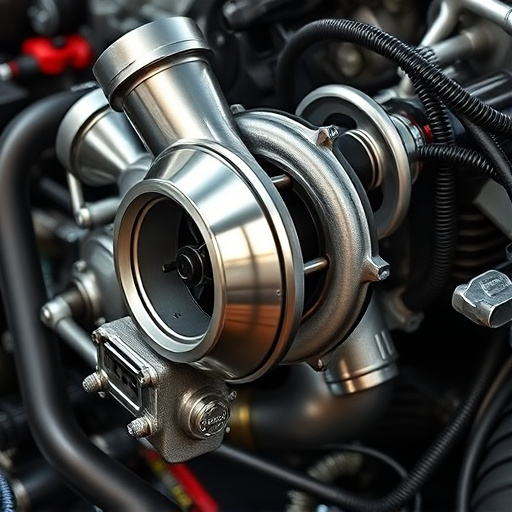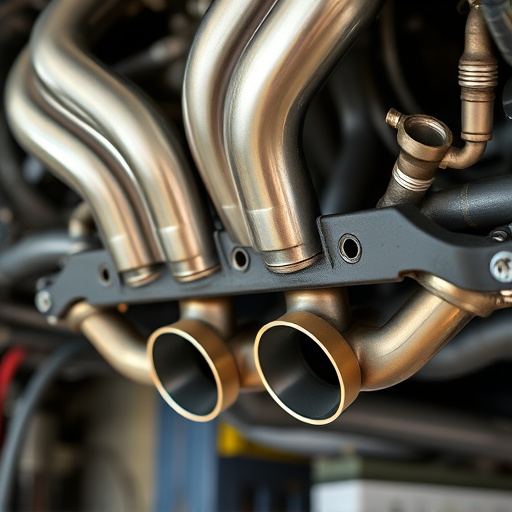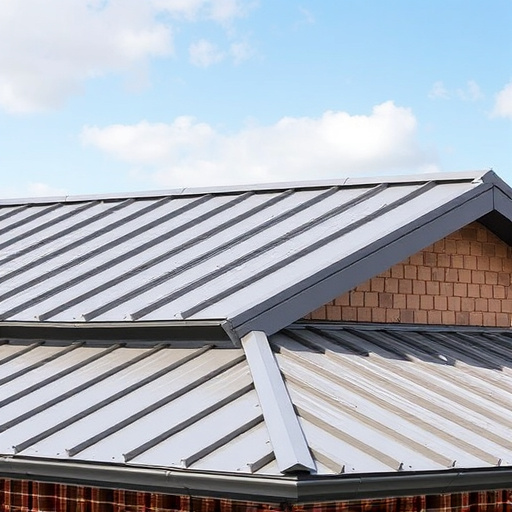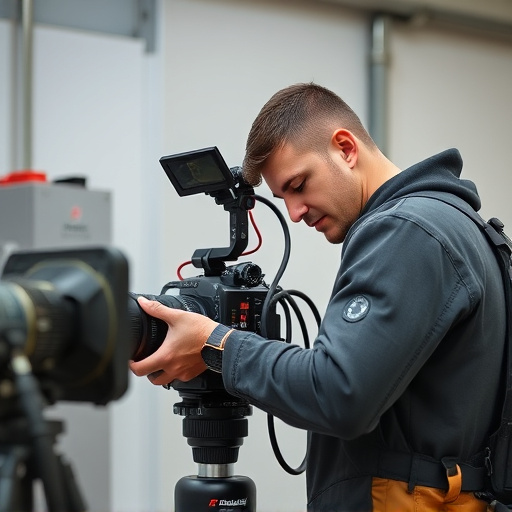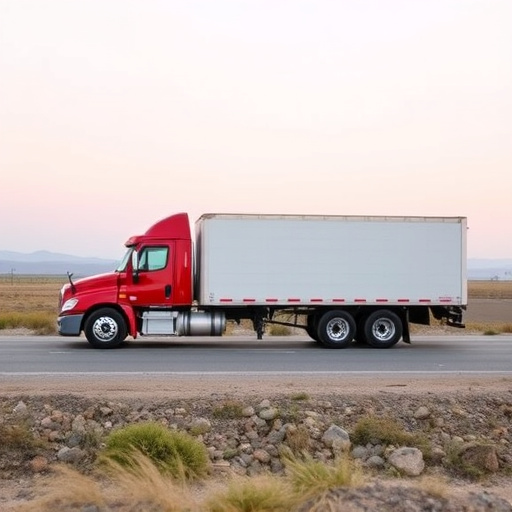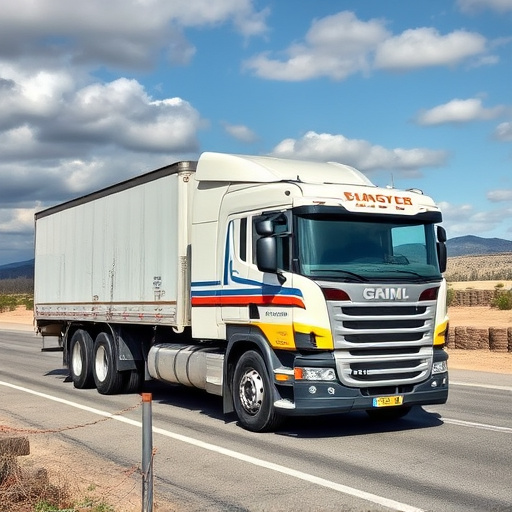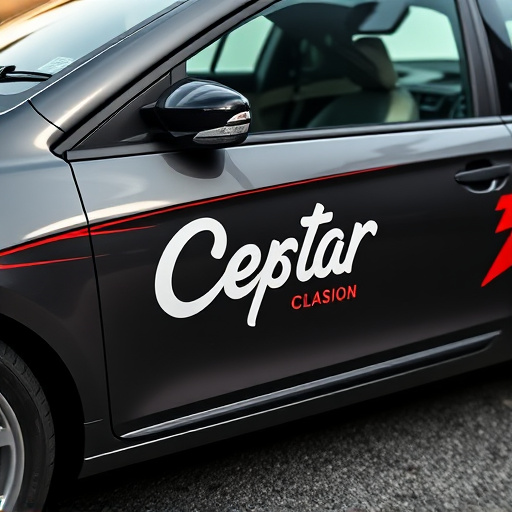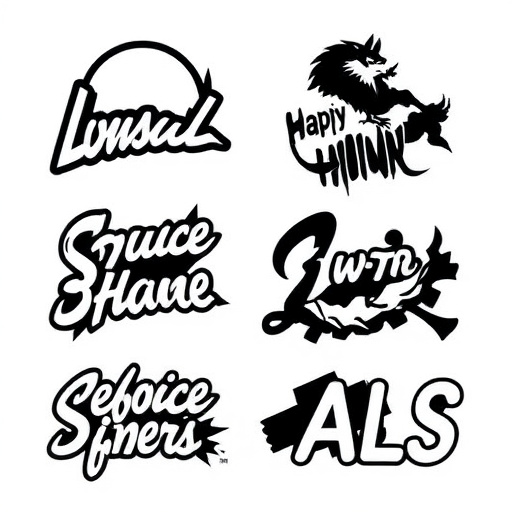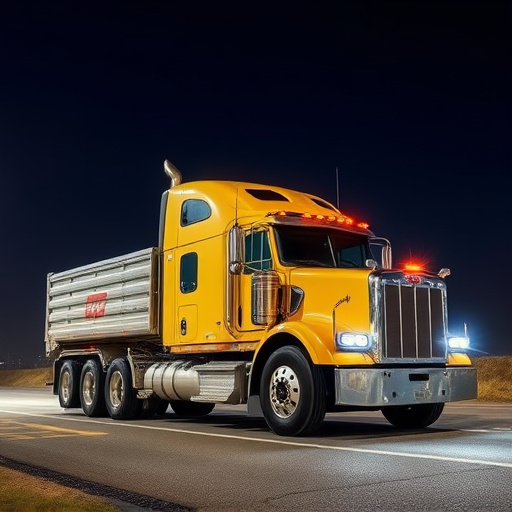Vehicle wrap installation can be done onsite or in-shop, each with unique advantages. Onsite services offer convenience and time savings, ideal for mobile businesses or individuals with limited mobility, but face challenges like space constraints and weather. In-shop installations provide a controlled environment for precise work, ensuring high-quality results and better durability, suitable for complex designs. Considerations include workspace, access, weather, and costs. Proper planning and choosing the right installation method based on needs and resources are key to successful vehicle wrap transformations.
“Vehicle wrap installation is a powerful way to transform automotive exteriors, offering businesses and individuals alike a creative canvas for self-expression. This article delves into the world of vehicle wraps, exploring two primary installation methods: onsite and in-shop services. We weigh the pros and cons of each approach, highlighting considerations for on-location installations and best practices for maximizing in-shop efficiency. By the end, you’ll have a clear understanding of how to choose the optimal vehicle wrap installation method for your needs.”
- Onsite Vehicle Wrap Installation: Pros and Considerations
- In-Shop Vehicle Wrap Services: Advantages and Best Practices
- Choosing Between Onsite and In-Shop: Factors to Determine the Optimal Approach
Onsite Vehicle Wrap Installation: Pros and Considerations

Onsite vehicle wrap installation offers a convenient solution for those seeking to transform their vehicles’ aesthetics without the hassle of transportation. Pros include saving time and effort, as the service comes directly to the client’s location, be it their home or office. This is particularly beneficial for businesses that require frequent vehicle wraps for marketing purposes or individuals with limited mobility. Additionally, onsite services can ensure a fresh wrap application, minimizing the risk of damage during transit.
However, there are considerations to keep in mind. The primary challenge is ensuring an adequate workspace and access to the vehicle. Installation requires ample room to accommodate the vehicle and the necessary tools, especially for larger vehicles or complex designs. Weather conditions also play a significant role; outdoor installations should account for suitable temperatures and minimal wind to achieve optimal wrap adherence. Moreover, while onsite services are advantageous, they might be slightly more expensive due to the added costs of mobile installation teams. Nonetheless, with proper planning and preparation, onsite vehicle wrap installation can provide an efficient and effective way to enhance a vehicle’s appearance.
In-Shop Vehicle Wrap Services: Advantages and Best Practices

In-Shop vehicle wrap installation offers several advantages for businesses and clients alike. One of the primary benefits is control over the entire process, from preparation to final inspection. This allows for meticulous attention to detail, ensuring a precise and high-quality finish. In-shop services also provide an opportunity for customization; designers can create custom graphics tailored to the client’s brand or vision, making each vehicle wrap unique. Moreover, controlled environments mean wraps can be installed efficiently without weather delays, which is crucial for complex designs requiring multiple layers of material.
Best practices include ensuring a clean and dust-free workspace, proper ventilation for safe handling of adhesives, and using high-quality wraps and application tools. Skilled technicians should conduct pre-installation cleaning and surface preparation to remove any contaminants that could affect adhesion. Post-installation, providing UV protection through top coats or clear wraps enhances the longevity of the design, safeguarding against fading and damage from environmental factors. Regular maintenance checks can further ensure the wrap remains in pristine condition.
Choosing Between Onsite and In-Shop: Factors to Determine the Optimal Approach

When deciding between onsite and in-shop vehicle wrap installation, several factors come into play. Onsite installations are ideal for clients seeking convenience; it saves time and eliminates the need to transport their vehicle. This option is perfect for businesses offering mobile services or individuals with busy schedules. However, onsite work might be more challenging due to space constraints and potential weather disruptions.
In contrast, in-shop installations provide a controlled environment, ensuring precise measurements and high-quality finishes. This setting allows for better scratch protection during the application process. Vehicle wraps installed in a shop can withstand various environmental conditions and offer long-lasting durability. The choice ultimately depends on individual preferences, project complexity, and the resources available to ensure a successful vehicle wrap installation.
When deciding between onsite and in-shop vehicle wrap installation, understanding the unique advantages and considerations of each approach is key. Onsite services offer convenience and accessibility, ideal for quick turns and reaching clients directly. In-shop installations, however, provide controlled environments, allowing for meticulous detail work and efficient workflows. By weighing factors like project scope, time constraints, and desired outcomes, businesses can make informed choices to deliver exceptional vehicle wrap solutions that enhance brand visibility.

